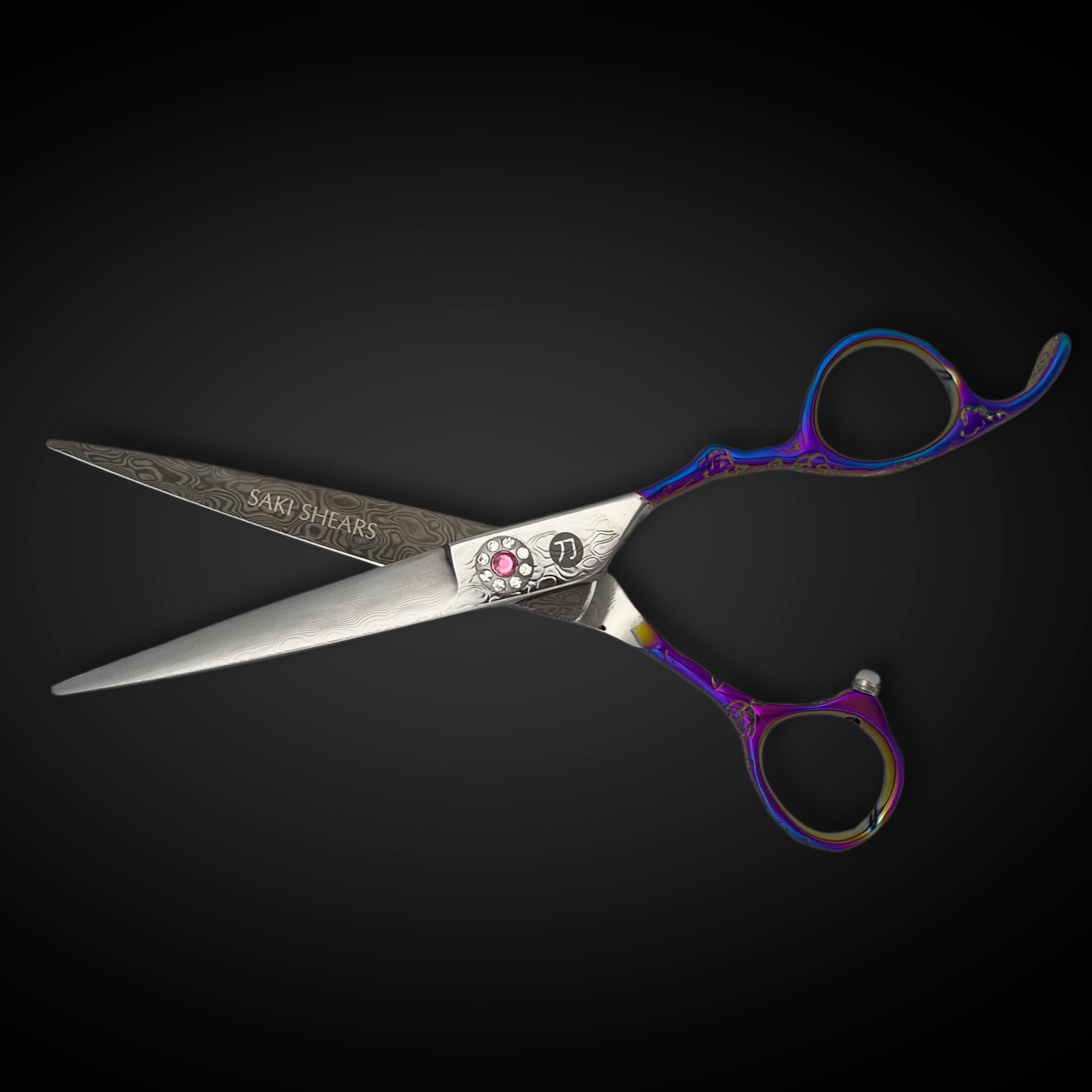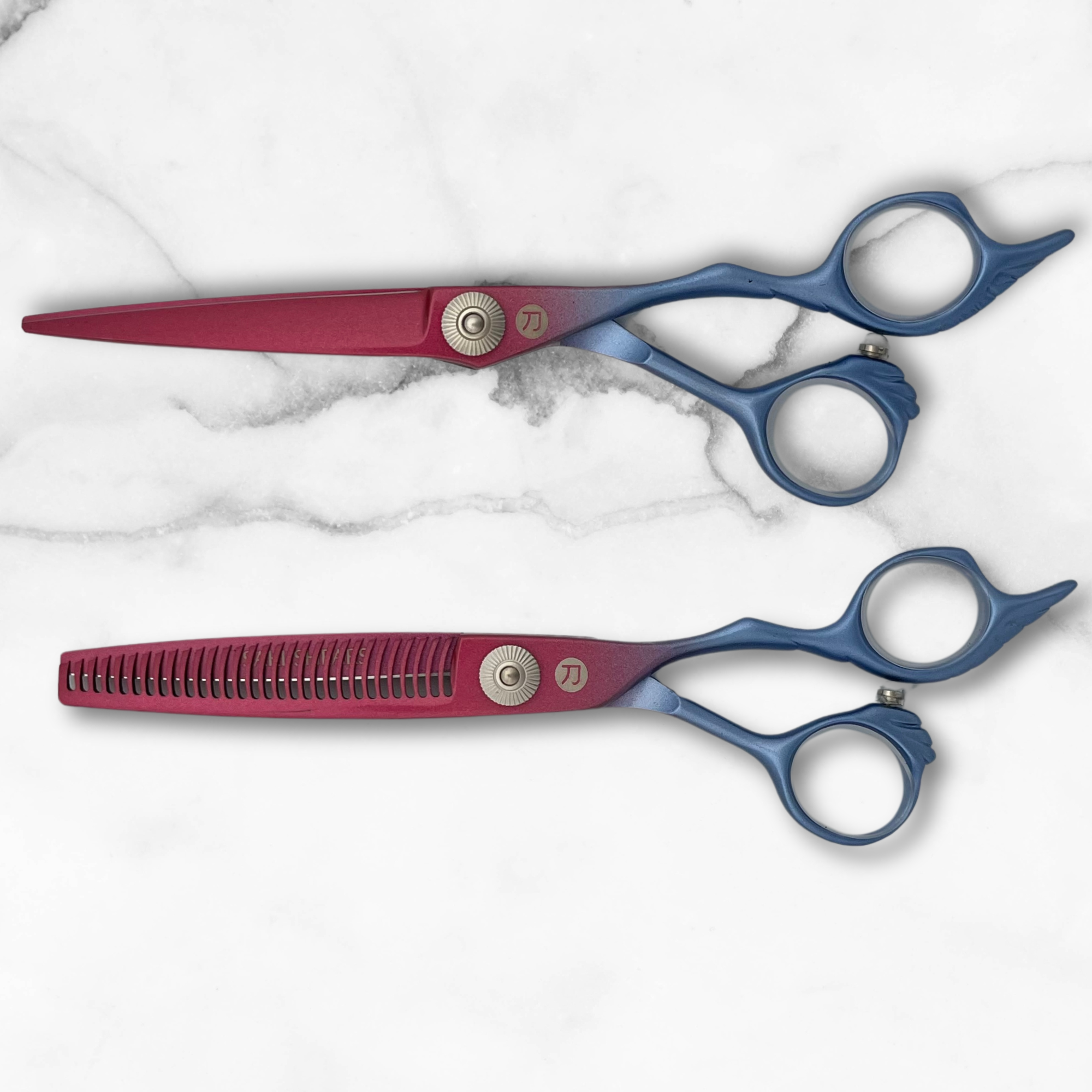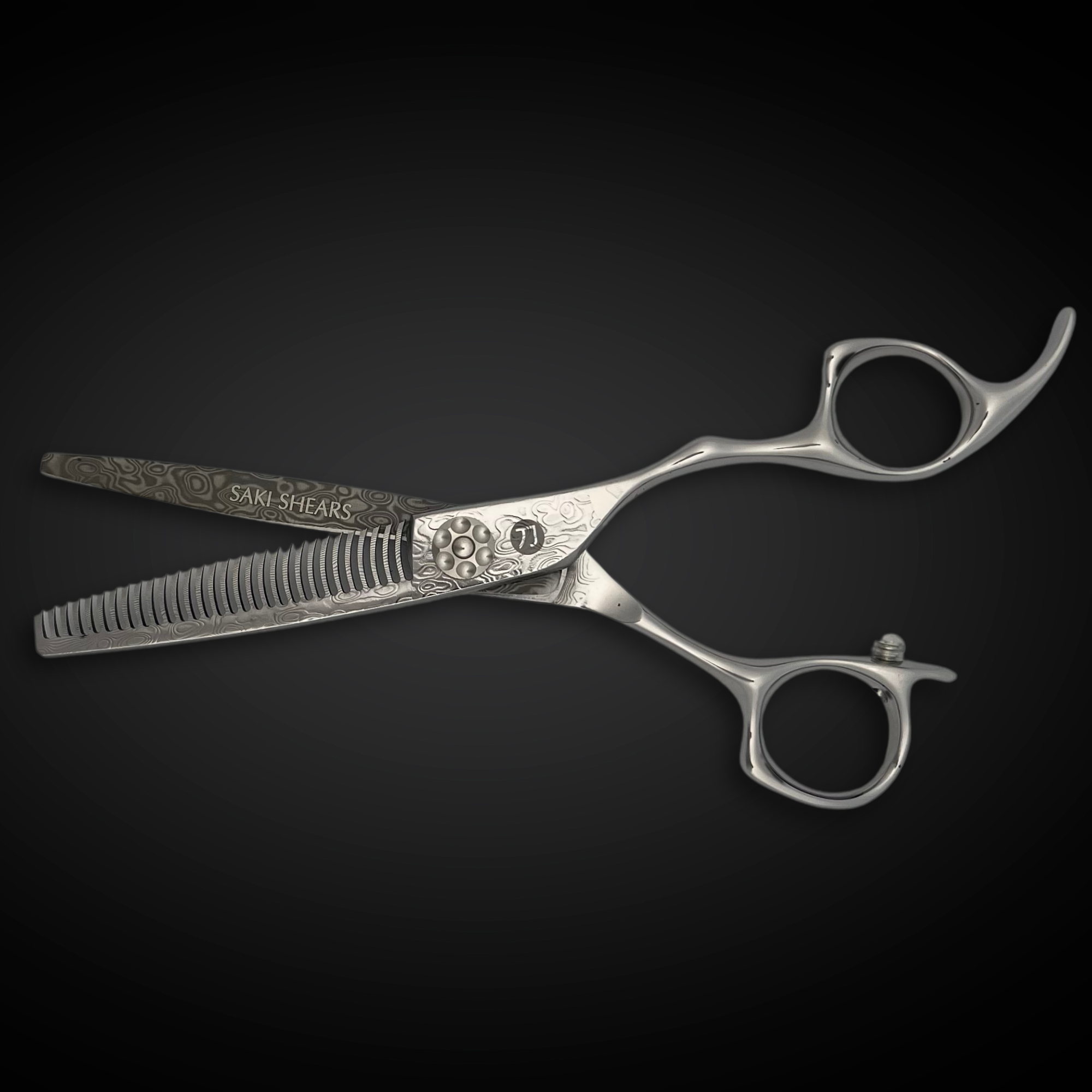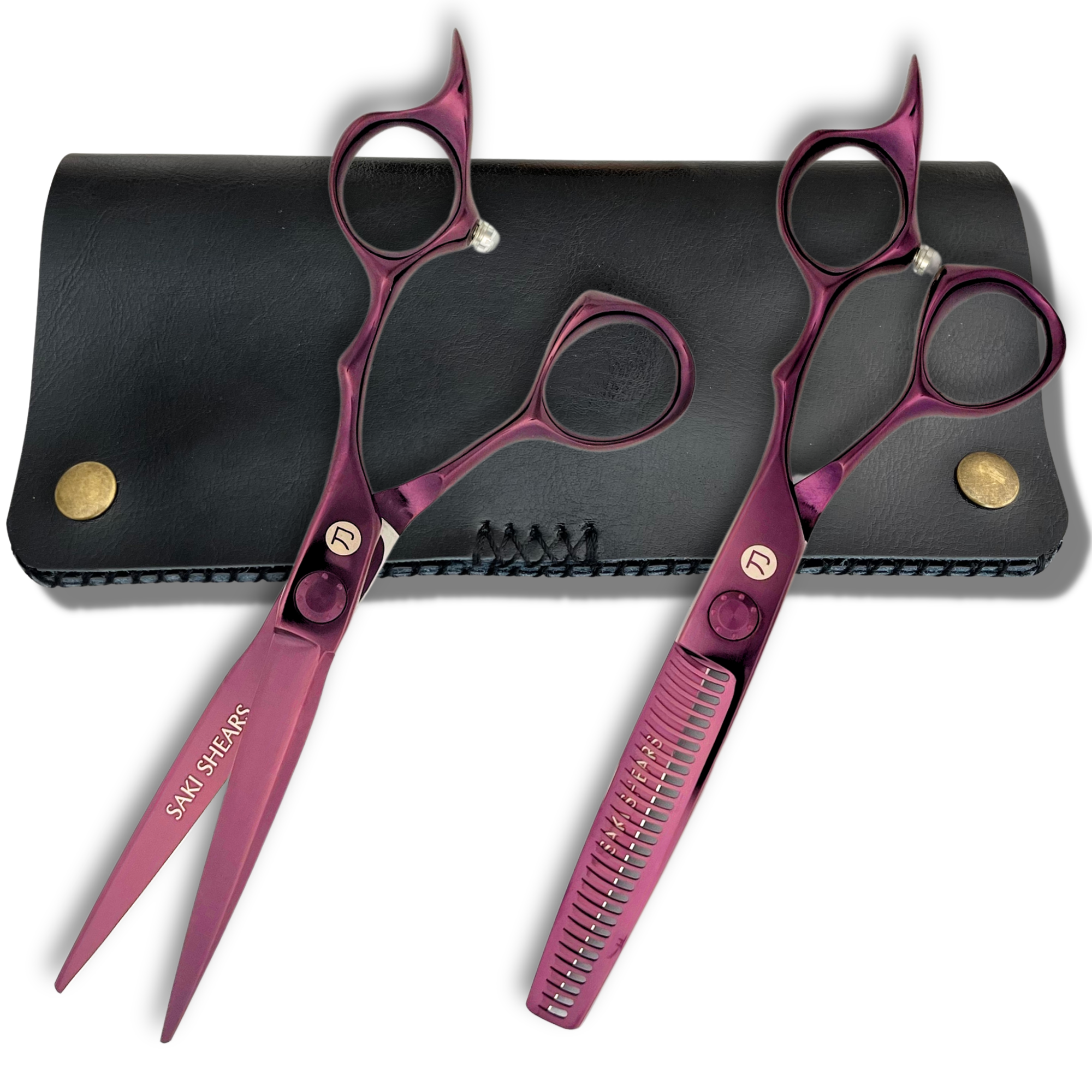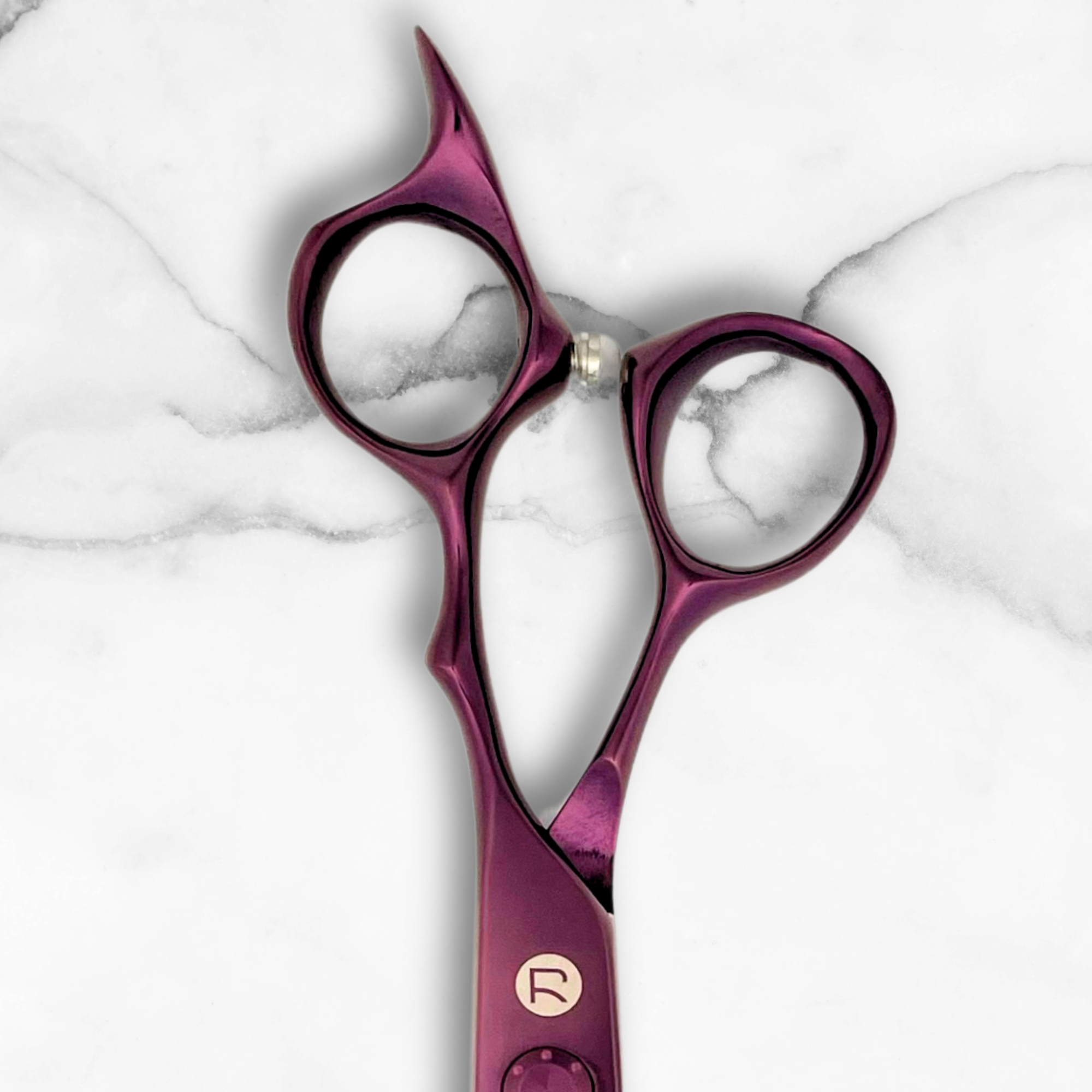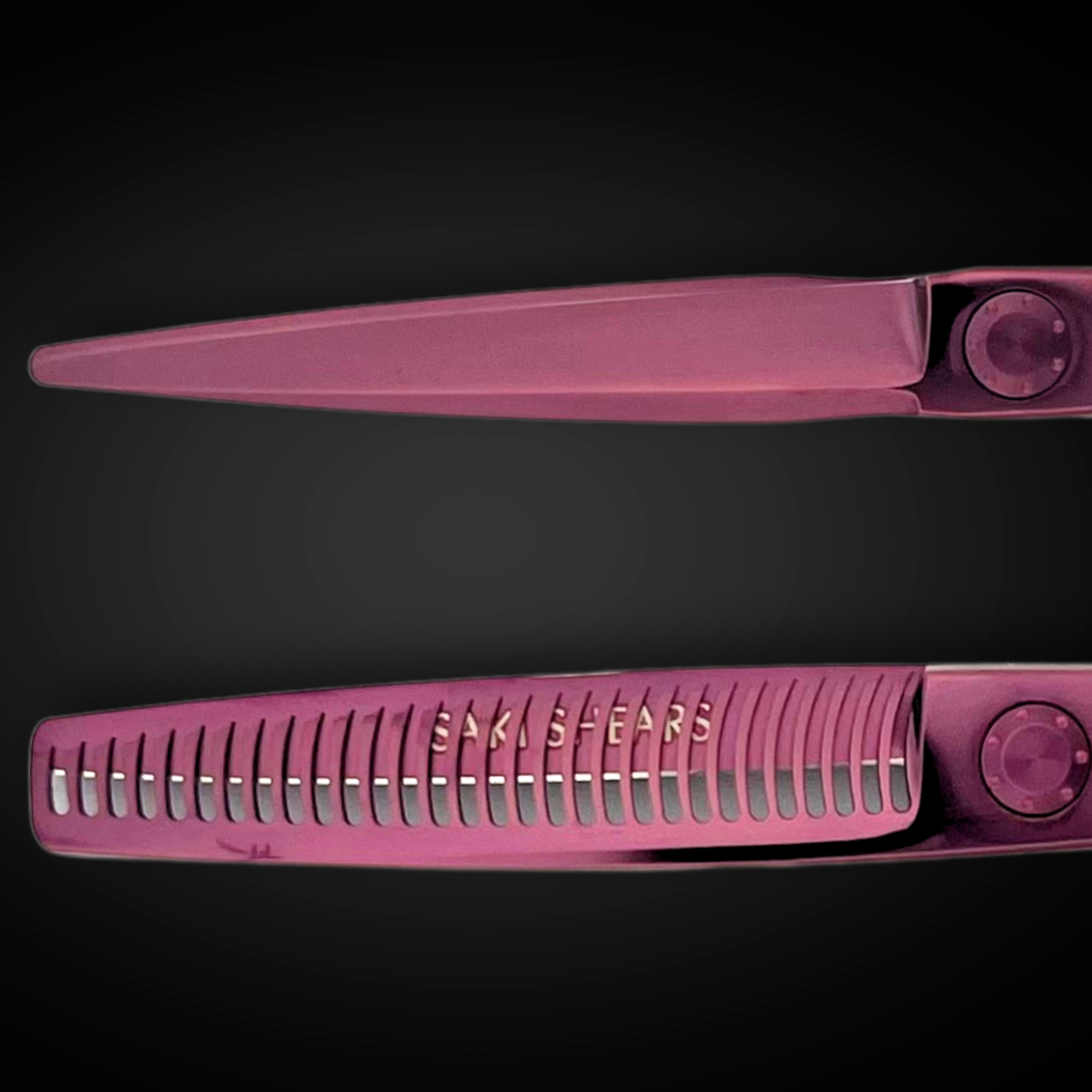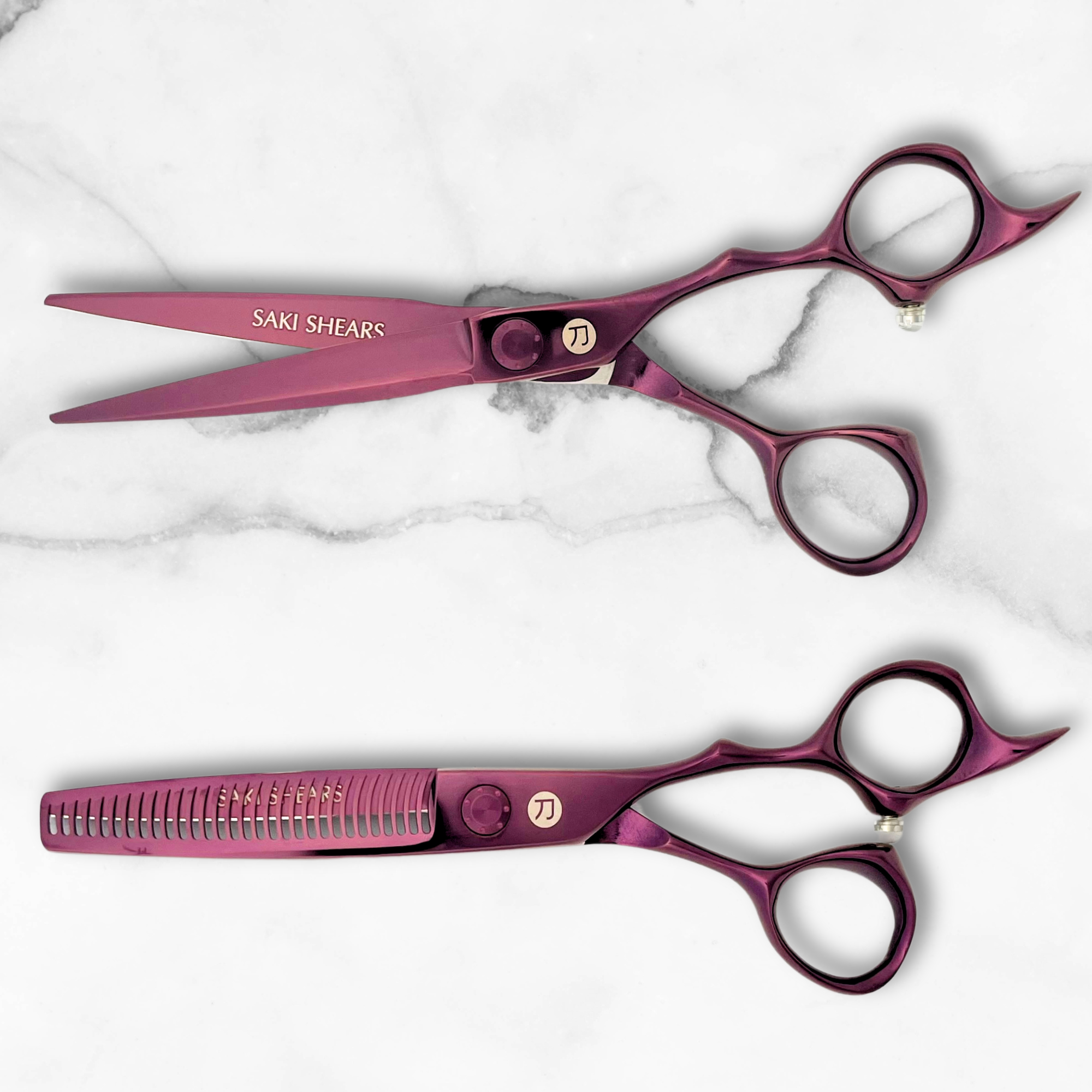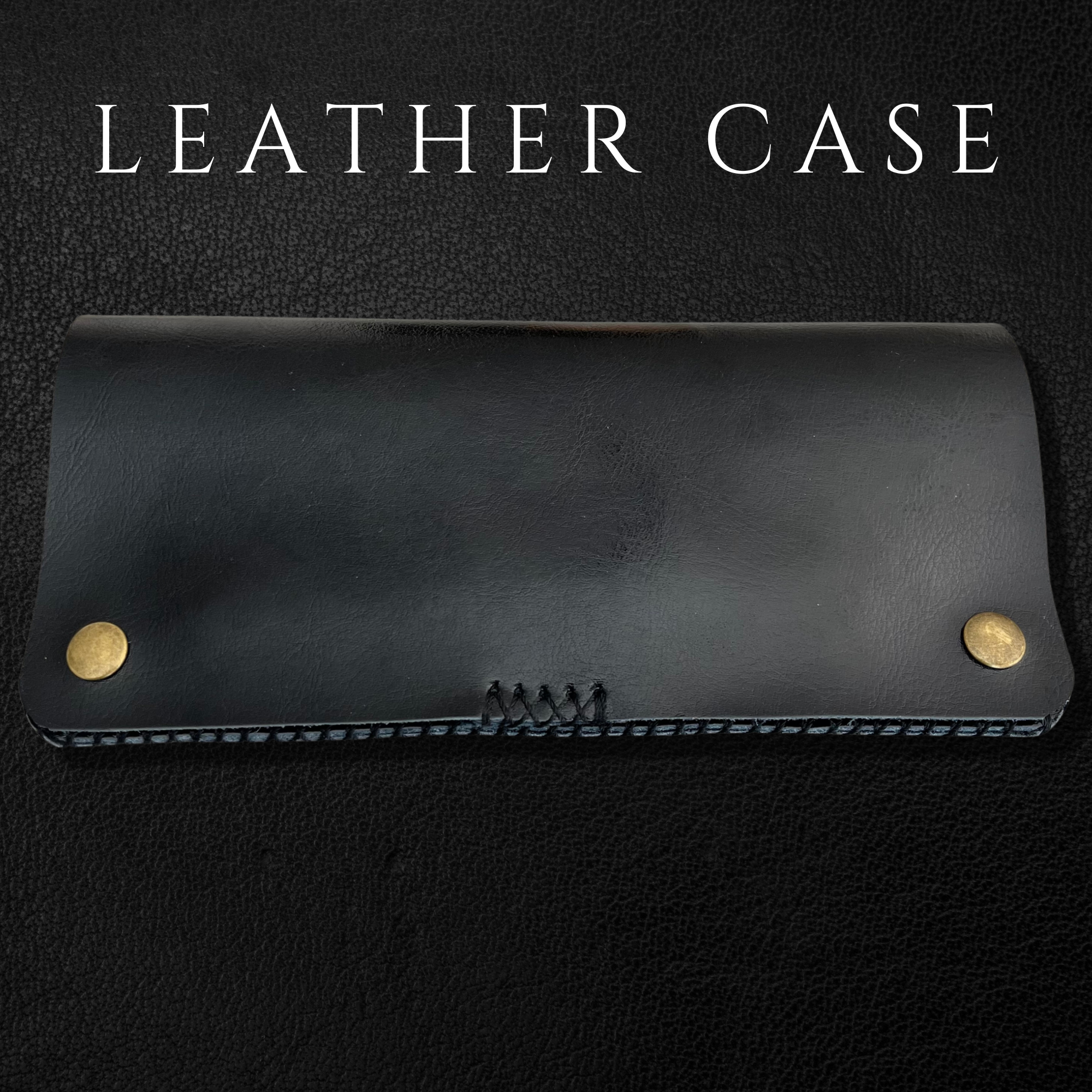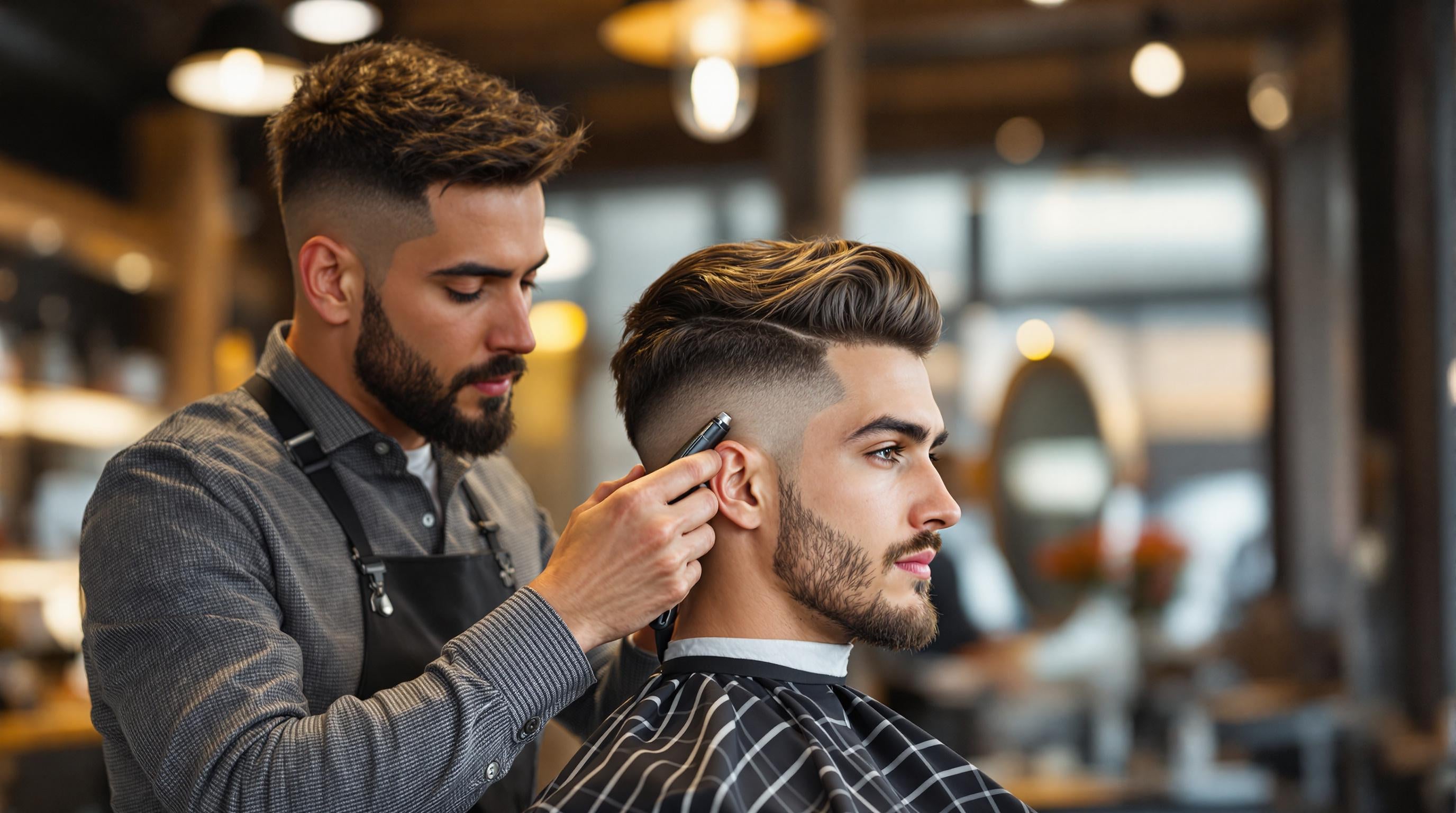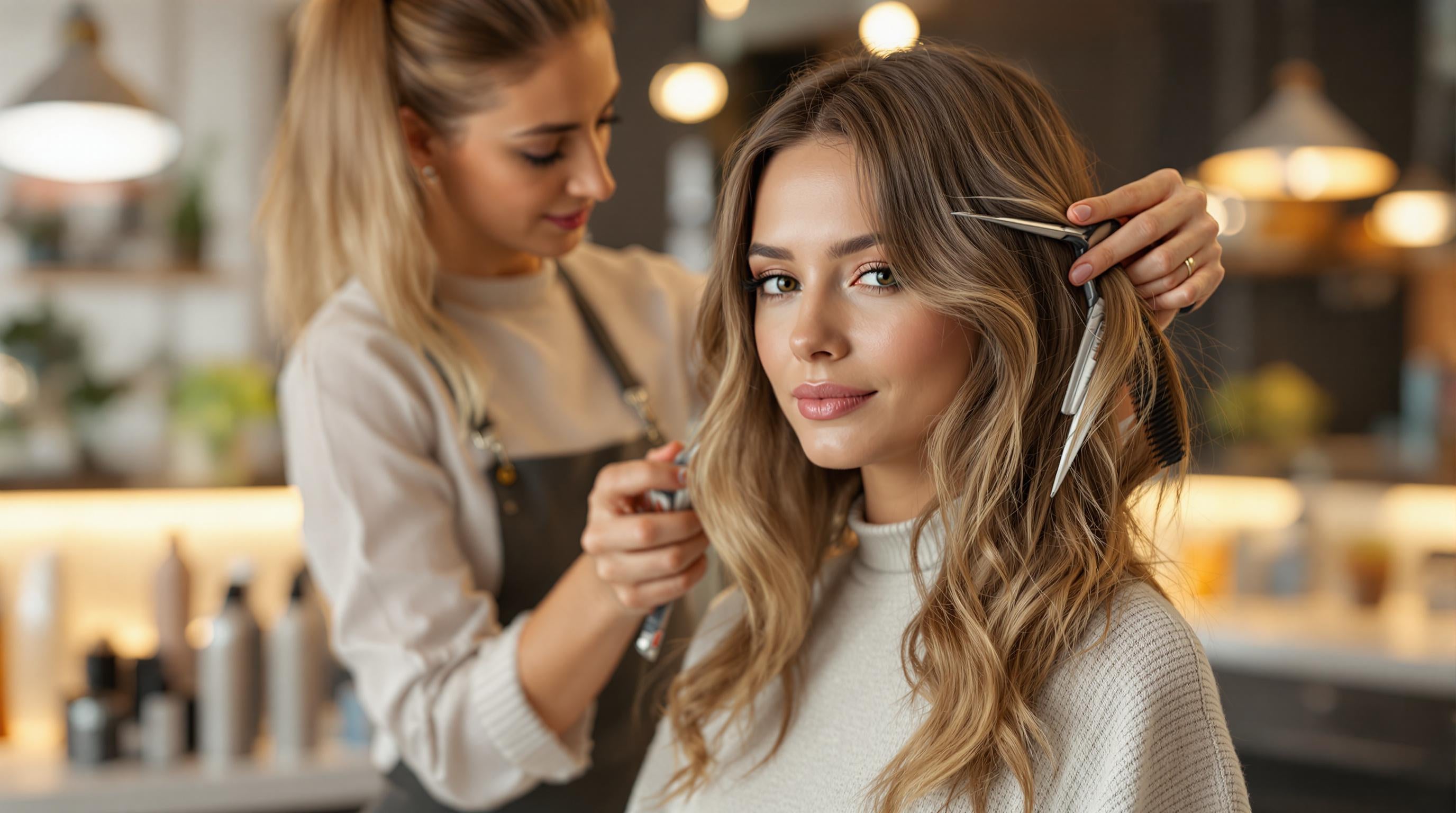How to Cut Bangs: Techniques for Every Style
Cutting bangs can instantly transform your look, but it requires the right technique, tools, and understanding of face shapes and hair textures. Here's a quick breakdown of what you need to know:
- Choose the Right Bang Style: Blunt bangs suit oval faces, side-swept soften round faces, curtain bangs flatter heart shapes, and textured bangs add dimension to square faces.
- Essential Tools: Use professional shears (straight, thinning, or texturizing), fine-tooth combs, and sectioning clips for precision.
- Prep Matters: Assess hair texture and face shape, section the hair properly, and decide between dry or wet cutting based on the style.
- Cutting Techniques: Blunt bangs need steady cuts, curtain bangs require slide cutting, side-swept bangs follow natural angles, and textured bangs use point cutting for layers.
- Maintenance Tips: Trim every 4-6 weeks and style with tools like flat irons or blow dryers for a polished finish.
| Bang Style | Best For | Cutting Tips |
|---|---|---|
| Blunt | Oval faces, straight hair | Straight cuts with precision |
| Curtain | Heart-shaped faces, wavy hair | Slide cutting for soft edges |
| Side-Swept | Round faces, all textures | Diagonal cuts for movement |
| Textured | Square faces, thick hair | Point cutting for depth |
With the right tools and techniques, achieving salon-quality bangs at home is possible. Ready to dive deeper? Let’s explore each method step-by-step.
Tools and Materials for Cutting Bangs
Professional Shears
Picking the right shears makes all the difference when it comes to cutting bangs with precision. Professional-grade shears, often made with Japanese steel blades, are known for their durability and ability to deliver clean cuts. Here’s a quick breakdown:
| Shear Type | Best For | Features |
|---|---|---|
| Flat Scissors | Blunt cuts, straight lines | Stainless steel, ergonomic design |
| Thinning Shears | Reducing bulk, softening edges | Designed for precise thinning |
| Texturizing Razors | Adding texture, piece-y looks | Replaceable blades |
Brands like Saki Shears stand out for their ergonomic designs and lifetime warranties. Many of their models also come with adjustable tension systems, giving you more control during use.
Additional Tools
To get the best results, you’ll need more than just shears. Fine-tooth combs are key for clean partings and maintaining even tension while cutting. Professional-grade clips are perfect for holding sections in place without leaving creases, and sectioning clips make it easier to isolate the bangs for a more focused cut.
If you’re maintaining bangs between salon visits, tools like the CreaClip can be a handy addition. For textured or side-swept styles, professional razors provide the control needed to create that piece-y finish.
Having the right tools ready sets the stage for precise and personalized results.
Preparation for Cutting Bangs
Evaluating Hair and Face
Start by assessing both the hair's texture and the face shape. Hair texture - whether fine, medium, or coarse - plays a big role in how bangs will sit. Fine hair tends to lay flat and smooth, so it usually requires minimal thinning. Coarse hair, on the other hand, might need some texturizing to achieve the right movement.
Face shape also influences which bang style will look best:
| Face Shape | Recommended Bang Style | Why It Works |
|---|---|---|
| Oval | Any style, especially blunt | Keeps proportions balanced |
| Round | Side-swept or curtain | Adds a lengthening effect |
| Square | Textured or wispy | Softens sharp angles |
| Heart | Side-swept or curved | Evens out a wider forehead |
Sectioning Hair
Use a fine-tooth comb and sectioning clips to create a triangular section at the front. Align the comb with the outer corners of the eyes, move it back to the hairline, and connect these points to form a triangle. Secure the rest of the hair with clips to keep it out of the way.
Dry vs. Wet Cutting
Most stylists suggest cutting bangs when the hair is dry. Here's a breakdown of the options:
| Cutting Method | Benefits | Considerations |
|---|---|---|
| Dry Cutting | Shows immediate results, Works with natural texture | Ideal for most bang styles |
| Wet Cutting | Easier to section, Great for thick hair | Hair shrinks by 10-20% as it dries |
| Point Cutting | Adds texture, Reduces bulk | Requires advanced skills |
When working with curly hair, dry cutting is a must to follow the natural curl pattern. Even for straight hair, dry cutting helps you see the final shape right away.
Once you've prepped everything, you're ready to move on to the actual cutting techniques for your chosen bang style.
Techniques for Cutting Bangs
Blunt Bangs
To achieve clean and straight blunt bangs, start by sectioning the hair carefully. Identify three key points: one at the bridge of the nose and two on the sides. Using high-quality shears, such as Saki VG-10 steel scissors, helps ensure a smooth cut and reduces the risk of split ends.
Hold the hair at a 90-degree angle from the face with a fine-tooth comb. Begin cutting from the center, working outward. Check for balance and symmetry as you go, keeping your movements steady and controlled for the best results.
If blunt bangs are all about precision, curtain bangs take a softer, more relaxed approach.
Curtain Bangs
For curtain bangs, slide cutting is the go-to method. This involves gliding the scissors along the hair to create soft, feathered edges. Start with a triangle-shaped section at the center of the forehead. Cut in a gentle curve to frame the face, holding the scissors at a 45-degree angle for a softer finish. Slide-cut outward to gradually increase the length.
If you're aiming for a more angled and versatile style, side-swept bangs might be the perfect choice.
Side-Swept Bangs
Side-swept bangs work best when you consider the natural growth patterns of the hair, including the part and any cowlicks. Begin by cutting at a diagonal, starting longer near the part and tapering shorter toward the opposite side.
Take small sections of hair and maintain consistent diagonal angles with your shears. Use point cutting at the ends to soften the lines and add movement for a polished look.
Textured Bangs
Textured bangs rely heavily on point cutting to add depth and layers. Hold the scissors at a 45-degree angle and cut into the ends to create texture. Adjust the depth of your cuts based on the hair type: shallow for fine hair, moderate for medium hair, and deeper for coarse hair. This technique adds dimension and keeps the bangs looking dynamic.
How to Cut Bangs | Fringe 101 Haircutting Tutorial
Styling, Maintenance, and Troubleshooting Bangs
Once you've nailed the perfect cut, keeping your bangs looking sharp requires the right styling techniques and regular upkeep.
Styling Different Bang Types
Different bang styles call for different approaches. For sleek, blunt bangs, a flat iron paired with a lightweight smoothing serum (such as Moroccanoil Treatment) works wonders. If you're rocking textured bangs, start with a texturizing spray to add grip and volume. Work in small sections to create a relaxed, tousled look that feels effortless but polished.
Keeping Bangs in Shape
Styling alone won't keep your bangs looking their best - maintenance is key. Plan for trims every 4-6 weeks to keep the shape intact. Refresh your style daily with a round brush and blow dryer. Wash your hair with a sulfate-free shampoo every 2-3 days for a thorough clean, and use dry shampoo or a light serum to manage moisture in between washes. A wide-tooth comb can help detangle without causing damage, while a small amount of serum keeps your bangs smooth and manageable.
Avoiding Common Mistakes
Even with the best techniques, certain missteps can throw off your look. Applying too much tension when styling is a common issue - it can lead to uneven lengths and make growing out bangs a hassle. If cowlicks are giving you trouble, apply a strong-hold hairspray at the roots while your hair is still warm from blow-drying to set it in place.
For the best results, invest in high-quality tools like the T3 SinglePass flat iron or the Dyson Supersonic hair dryer with a diffuser. If your hair is especially stubborn, use a smoothing cream before heat styling to lock in the shape you want.
Conclusion: Mastering Bang Cutting
Key Points
Cutting bangs with precision takes skill, preparation, and the right tools. It’s about understanding hair types, face shapes, and breaking the process into smaller, manageable steps. As Jesse Linares explains:
"Breaking fringe down into bite size pieces delivers predictable results that are easier to reproduce" [1].
This approach, paired with proper sectioning and guide techniques, is the foundation for achieving professional results.
Choosing the Right Tools
The tools you use play a huge role in the outcome. High-quality options, like ergonomic Japanese steel shears, not only ensure sharper cuts but also reduce hand fatigue. When maintained properly, these tools make it easier to create everything from sharp blunt bangs to textured, layered styles.
FAQs
What kind of shears should you use to cut bangs?
Using the right shears is crucial for achieving clean and precise cuts when styling bangs, whether you're going for blunt, textured, or angled looks.
| Shear Type | Best For | Key Features |
|---|---|---|
| Straight Shears | Blunt or straight bangs | Delivers sharp, clean lines |
| Thinning Shears | Textured or natural bangs | Reduces bulk, softens edges |
| Texturizing Shears | Layered bangs | Adds depth and soft texture |
When choosing shears, here are a couple of things to keep in mind:
- Hair Type: Thinning shears work well for thick or curly hair, while straight shears are ideal for straight hair [3].
- Comfort: Look for ergonomic designs to reduce hand strain during use.
Make sure your shears are properly tensioned and regularly maintained to avoid uneven cuts or jagged edges [2].
With the right tools and a bit of practice, cutting stylish and polished bangs is well within reach!
Related posts
- Crafting the Perfect Pixie Cut: Techniques and Recommended Saki Shears for Stylists
- Creating Soft Curtain Bangs: Professional Cutting Techniques Using Saki Shears
- This Year’s Most Popular Hairstyles for Women: A Stylist’s Guide to the Perfect Shears for Each Look
- How to Master the Sleek Blunt Bob: The Perfect Shears for Precision Cutting

